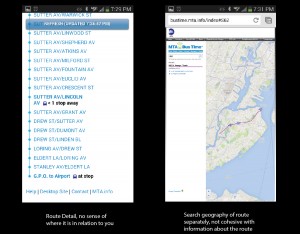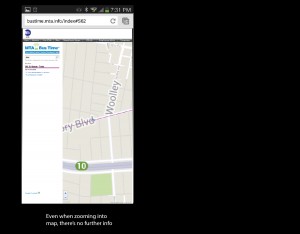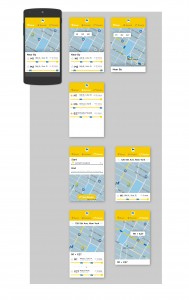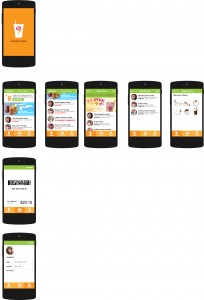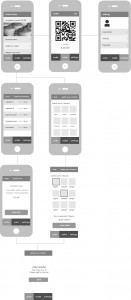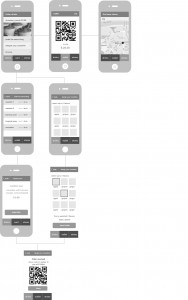project by Clarisa and Yi Ning
Author: yiningh
Bus Time by Clarisa and Yi NIng
Jamba juice app
#ThursdayPlays Tap Project – use your phone to help children who have no access to clean water
According to the organization,
”768 million people do not have access to safe, clean drinking water, and 2.5 billion people live without proper sanitation.”
Before March 31, if you use your phone to visit
For every 10 minutes you don’t touch your phone, the sponsors and donors will make a donation to support the UNICEF Tap Project based on the time you went without your phone.
(10 minutes = one day of clean water for a child)
jamba juice app – design
Yi Ning’s prototype
https://popapp.in/w#!/projects/530ec2e72527f65f0a152b2a/preview
made with POP
update wireframe & map app for my Food App
Food app wireframe
Food app idea
Jamba juice app
Waiting in line sometimes is no fun. Use the Jamba Juice app to design your own smoothie or play the game the catch the fruits and create random smoothies.
login to order (design/create) your smoothie while in store, Beacon will connect your phone to the register and process the order. You can also pay with the app. It saves your time and make your time in store more fun.
Feedback – iOS and Android Design Guidelines
While using the Android apps, I’ve not deeply thought about the guideline behind them. I guess because of the different limitation and defaults, Android apps naturally differ from iOS apps visually and in the UX way. After reading the Android design guideline, I recalled the design of my old phones. 10 years ago, the phones did whatever you wanted them to do. It was dumb that people have to try to adjust. Also, old phones varied in UI/UX designs, switching phones was a big deal. people had to spent time learning to use the phone. Especially I remember, I was very afraid of pressing buttons. Sometimes, I accidentally deleted content. Without notices and intuition, I was surprised by how the old phones treated me. In contrast, in Android design guideline, I saw “If it looks the same, it should act the same” and “Decide for me but let me have the final say” which saved people from being lost in the interface and learning and remembering all the different functions.
However, something I feel interesting in the guideline is “It’s not my fault – Be gentle in how you prompt people to make corrections. They want to feel smart when they use your app. If something goes wrong, give clear recovery instructions but spare them the technical details. If you can fix it behind the scenes, even better.” This point indicates how people feel frustrated because of the failure of technology. However, I don’t think a user will feel him/herself dumb because of the technology failure, which means, you do not need to make them feel smart. There were so many times my apps or phone failed. I never blame myself but the stupid phone or developer. I just hope the phone is as smart as me.
Anyways, the guideline was clear on what direction Android would like to go, but I still believe there is a long road for all smart phones/apps to be intuitive or smart like a human. As apps/UI/UX evolve to fit human needs, humans also learn to use technology products. It is why things need to get improved at all time.


